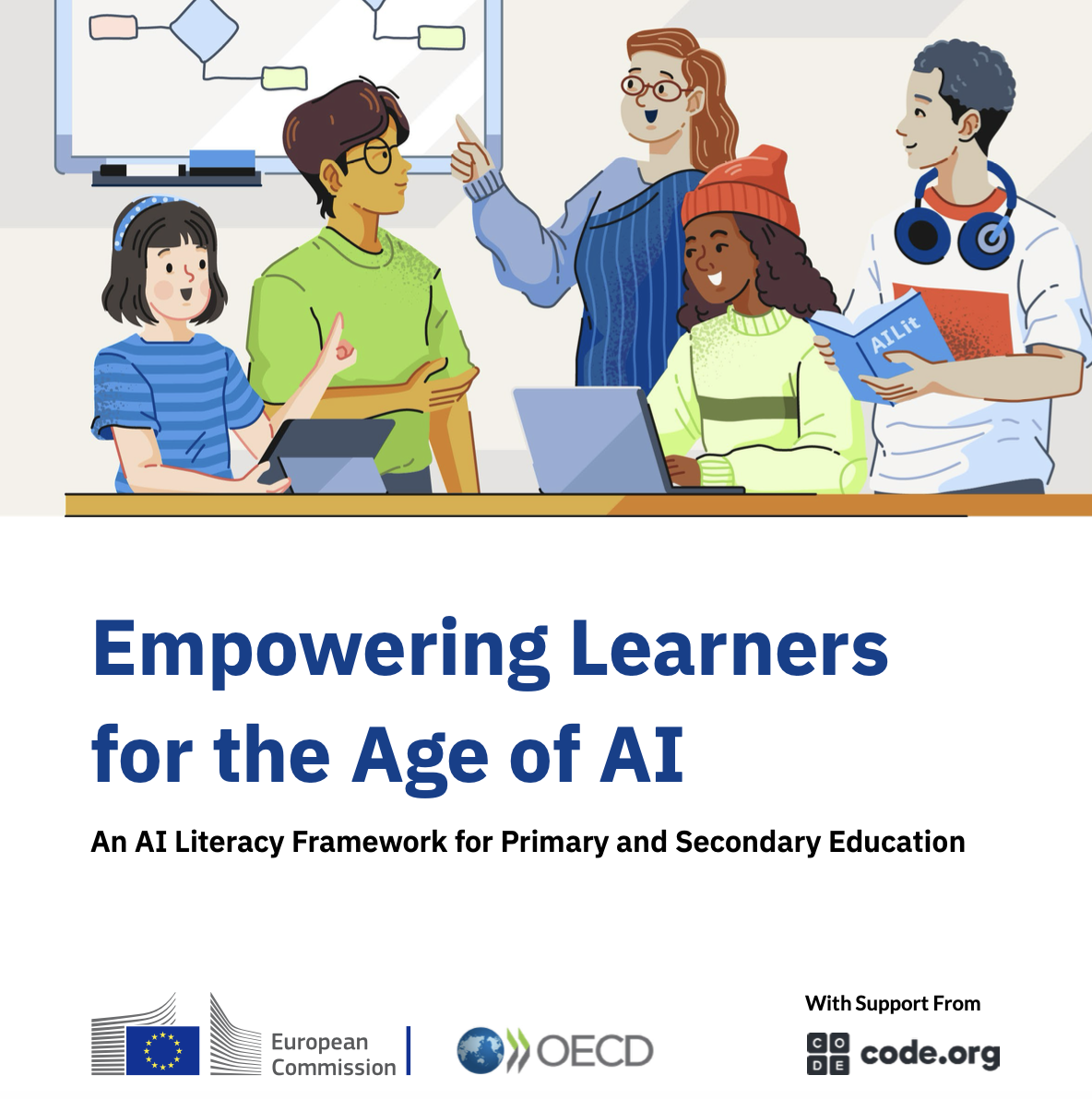
The AI Literacy Framework for primary and secondary education is a joint initiative of the European Commission and the Organization for Economic Cooperation and Development (OECD). Its development is supported by Code.org and leading international experts.
We are happy to see this AI literacy framework helping educators understand how to empower learners to understand AI and make decisions about its use in meaningful and ethical ways. It’s simple and direct and we like that.
There are classroom scenarios proposed, for primary and secondary education. So do take a look at that!
Some highlights.
4 Domains of AI Literacy:
- Engaging with AI: involves using AI as a tool to access new content, information, or recommendations.
- Creating with AI: consists of collaborating with an AI system in a creative or problem-solving process.
- Managing AI: requires intentionally choosing how AI can support and enhance human work.
- Designing with AI: empowers learners to understand how AI works and connect it to its social and ethical impacts by shaping how AI systems function.
«AI literacy represents the technical knowledge, durable skills, and future ready attitudes required to thrive in a world influenced by AI. It enables learners to engage, create with, manage, and design AI, while critically evaluating its benefits, risks, and ethical implications.»
Foundation:
-
Knowledge:
conceptual knowledge, outlining the technical and societal understandings that learners need to apply and engage with AI systems.
- Skills: fundamental abilities, such as critical thinking, creativity, and computational thinking, apply in an AI context.
- Attitudes: mindsets and dispositions that prepare learners to engage with AI, not only with technical skills, but also with an awareness of AI’s impact on themselves and others.

